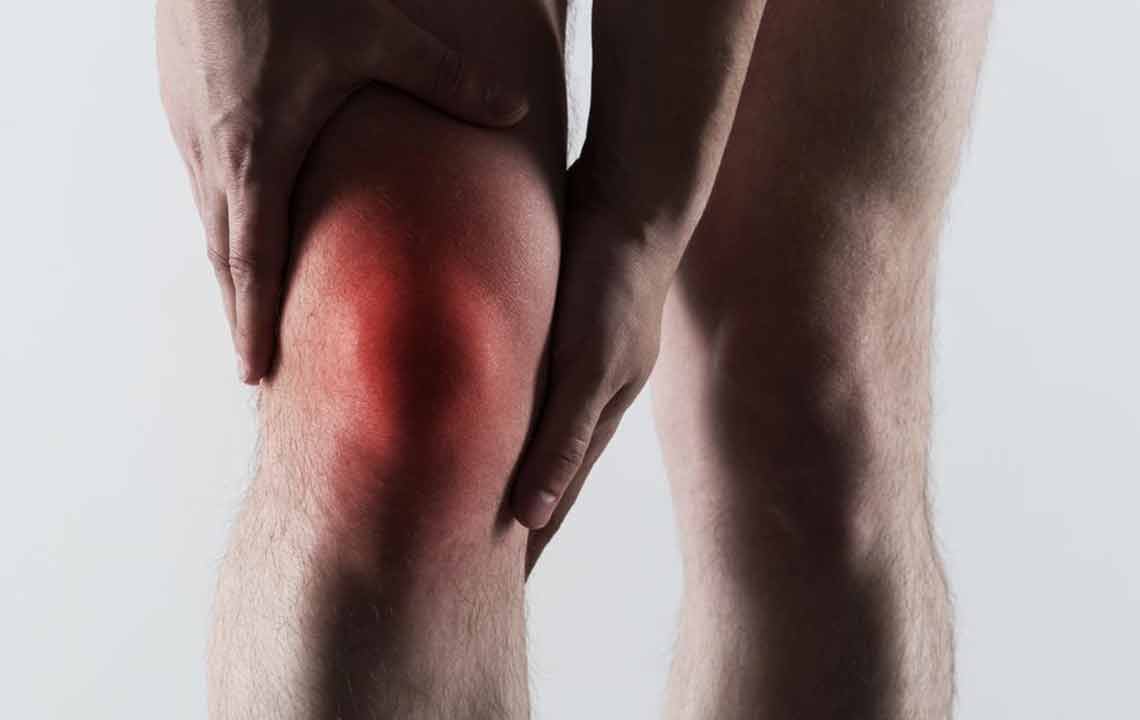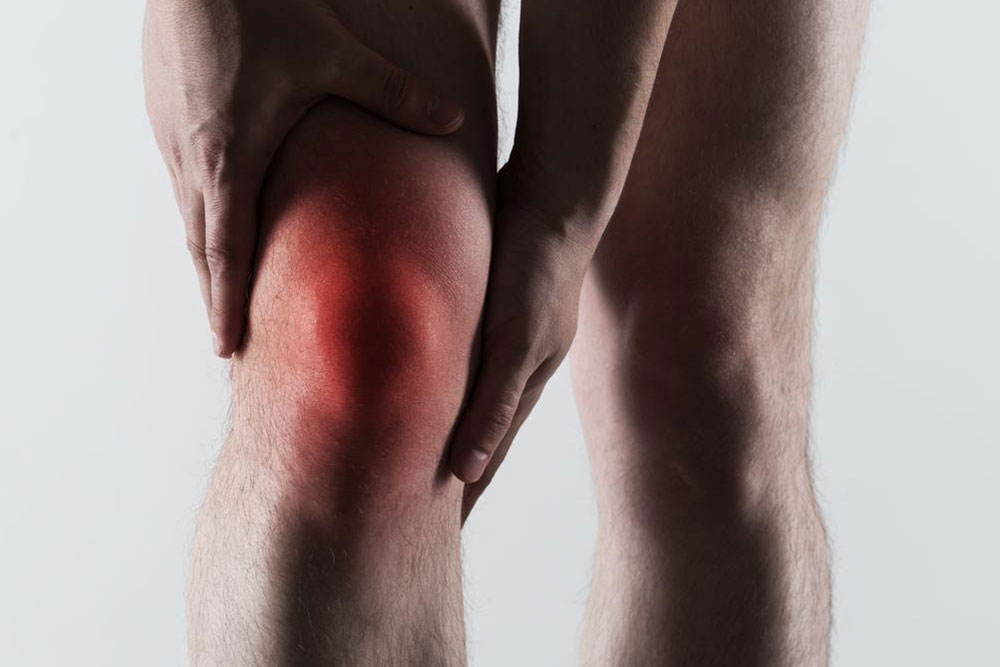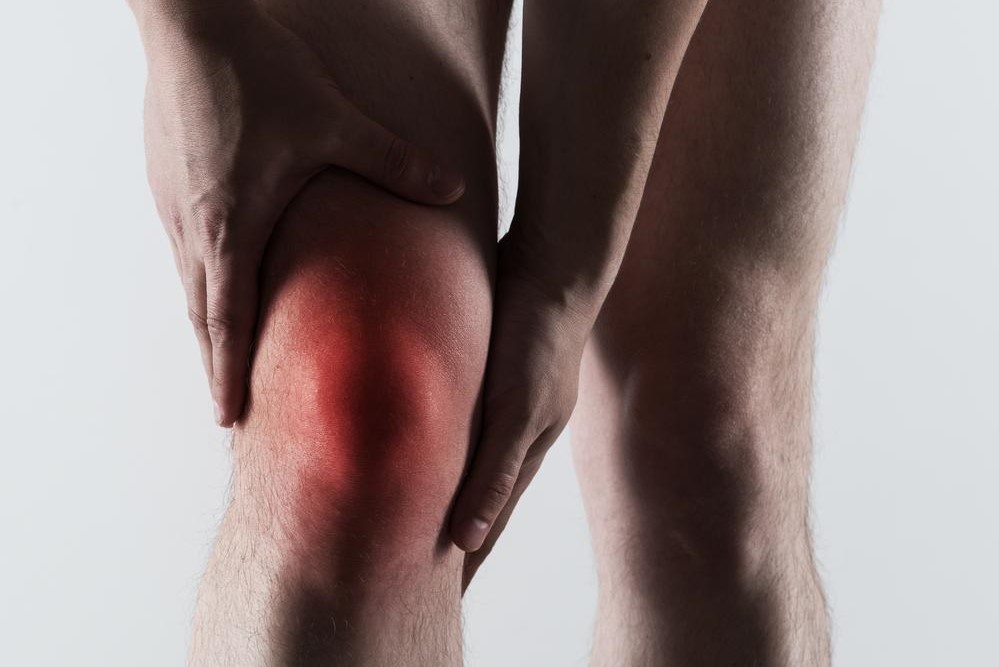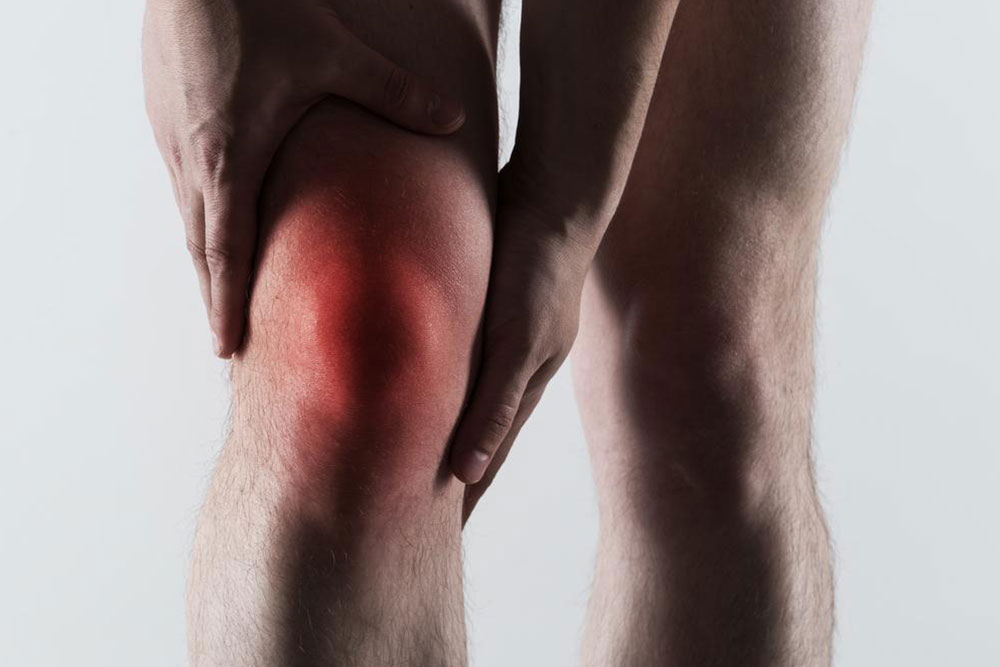Comprehensive Guide to Managing Gout Flare-Ups
This article offers an in-depth overview of gout attacks, highlighting symptoms, risk factors, and management tips. It emphasizes early recognition and lifestyle adjustments to prevent or reduce flare-ups of this painful joint condition, mainly affecting men and postmenopausal women. Proper understanding and timely treatment can improve quality of life for those at risk or suffering from gout.

Comprehensive Guide to Managing Gout Flare-Ups
Gout painful attacks often strike suddenly, causing intense pain, swelling, redness, and tenderness in the joint, typically at the base or side of the big toe. This form of arthritis predominantly affects men, although postmenopausal women also become more susceptible. Gout attacks can occur unexpectedly, waking sufferers at night with a burning sensation in the foot. The affected joint appears hot, swollen, and sensitive. Recognizing these symptoms early is crucial for effective treatment and relief.
Common signs of gout include:
Severe joint pain
Gout usually impacts the big toe but can also affect the wrists, ankles, feet, knees, and hands. The initial pain can be intense and lasts between 4 to 12 hours.
Persistent discomfort
Even after the worst pain subsides, some discomfort may linger for days. Without proper treatment, this can worsen and spread to other joints.
Redness and swelling
The affected joint becomes swollen, reddish, tender, and warm to the touch.
Reduced mobility
As gout progresses, you may notice a significant decrease in range of motion.
Various factors can contribute to gout episodes. Key risk factors include:
Dietary habits
Consuming a diet high in red meat, sugary drinks, and alcohol, especially beer, raises uric acid levels, increasing gout risk.
Excess weight
Obesity puts extra pressure on the kidneys to eliminate uric acid, elevating the likelihood of gout episodes.
Medications and health conditions
High blood pressure, diabetes, and kidney issues can also trigger gout attacks. Managing these conditions can help reduce risk.









